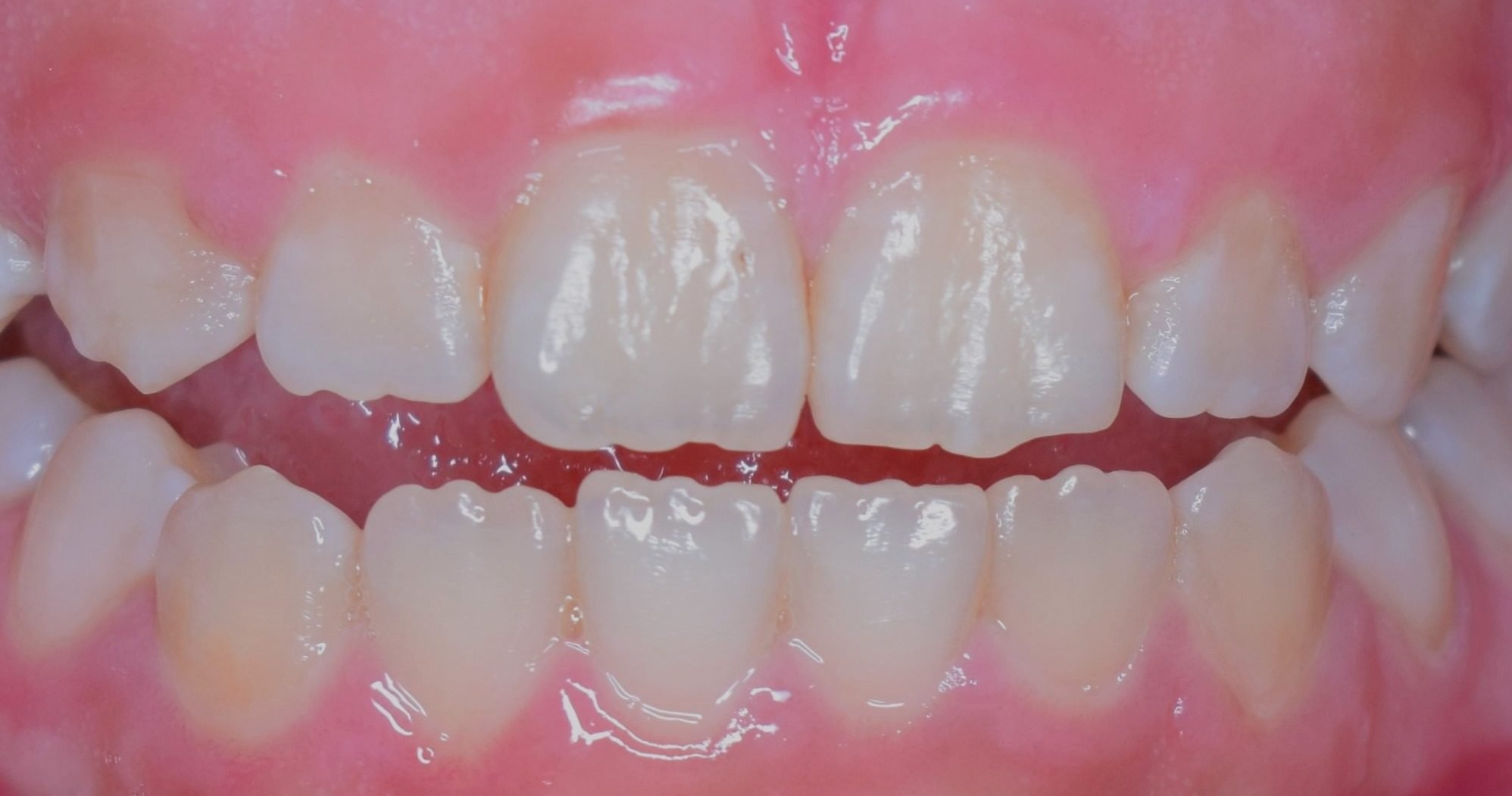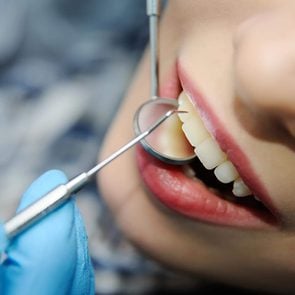Mamelon Teeth: Why You Have Ridges on Your Teeth
Updated: Mar. 14, 2022
Mamelon bumps are ridges on the edges of teeth that don't cause big problems, but can prevent the "perfect smile."
What are mamelon teeth?
While it’s nice to have “perfect” teeth, sometimes real life—and real teeth—get in the way.
Mamelon bumps, for example, are ridges that occur when the tooth is forming under the gum, giving the surface of teeth a bumpy appearance. The word itself means “nipple” in French, reflective of the tiny protrusions on the teeth.
However, unlike many more costly and painful procedures, removing mamelon bumps is one of the easier tasks your dentists can help you with.
Why do mamelon bumps form?
Teeth are formed from three lobes that merge, resulting in this bumpy appearance on the tip of the tooth, says Sophya Morghem, DMD, a dentist in San Francisco. Some dentists, including Dr. Morghem, believe the bumps serve a purpose. “They aid in allowing the tooth to erupt and break through the gum,” she says.
But not all dentists agree, saying the bumps have been proven to be completely useless. It’s long been assumed that the ridges help cut through tissue, says Kelly Privett, DDS, a dentist in Cincinnati. But “researchers have actually found no clinical significance for mamelons.”
So, like the appendix and other mysterious body parts, the debate continues.

When do they occur?
Mamelon teeth are more common in children. Indeed, Dr. Privett says 98 percent of her patients don’t have mamelons beyond the ages of 15 or 16 years old. Some patients want them off for this very reason.
“When people complain about the appearance it is because they say their teeth look like children’s teeth,” she says. “Whether they realize it or not, the significance of having retained mamelons gives them and their teeth a childish appearance that most teenagers and young adults are trying to rid themselves of.”
Dr. Morghem adds that they most commonly occur on newly erupted permanent incisors (the four front teeth on top and bottom). But that they can also occur on baby teeth.
How common are they?
While numbers aren’t well reported for the prevalence of mamelon bumps, dentists don’t see large numbers of patients with this problem. In fact, Dr. Morghem says that a “very small percentage, less than 5 percent, complain of the bumps.”
This can also be because they are normally more prevalent in children, and since they don’t cause pain they aren’t likely to be reported to dentists as an issue.
Michaela Tozzi, DMD, a dentist in Las Vegas, says that they are just more prominent in some people than they are in others. “They are normal anatomy,” she points out.
Will they go away on their own?
In a world full of expensive and slow-moving dental procedures, from braces to retainers, mamelons are low on the list of dental woes to stress about.
“Mamelons are nothing to worry about and generally tend to flatten out once the tooth has fully erupted and the child begins to use them to chew,” says Scott Young, DDS, a dentist practicing in The Woodlands, Texas. “They are usually gone within about a year after eruption.”
Dr. Morghem adds that they will smooth out on their own as the bumps wear down. So if you or your child have the patience, nothing really needs to be done to solve mamelon bumps.
Do they indicate a more concerning problem?
It can be annoying for small babies to have these bumps on their teeth. But most children and adults have no physical discomfort with mamelons.
According to a study on oral health in infants, published in 2018 in Pediatrics and Neonatal-Open Journal, the edge of the tooth may have ridges that are “exaggerated and coarse” and can irritate the underside of the tongue. While parents can watch for this when their babies have new teeth, it isn’t one of the more common teething troubles. And it doesn’t typically bother older kids, either.
If mamelons persist, it could be due to what’s known as an open bite. That’s when your teeth don’t line up normally and your front teeth have a separation, says Dr. Privett. In this case, the mamelons don’t wear down naturally through the biting and chewing process, and dentists can look to other methods to resolve an open bite.

Can my dentist fix them?
Mamelons are an easy fix for dentists if a patient doesn’t want to wait for the bumps to wear down on their own. That’s especially true for patients who have an open bite that will prevent mamelons from resolving on their own.
“They can easily be filed down,” says Dr. Privett. “This is an extremely noninvasive procedure, completed without anesthetic.” In very rare cases, she adds, the complete ridges may not be able to be removed, in which case veneers or crowns would be the only solution to solving the purely cosmetic concern.
“By the time patients become self-conscious of their smile (late teens, early adulthood), these mamelons have worn themselves down,” Dr. Tozzi says. In those rare instances when mamelons “are still present, most patients request them to be smoothed down.”
So go ahead and save your money for braces, as this is one tooth problem that might just fix itself—for free.






















